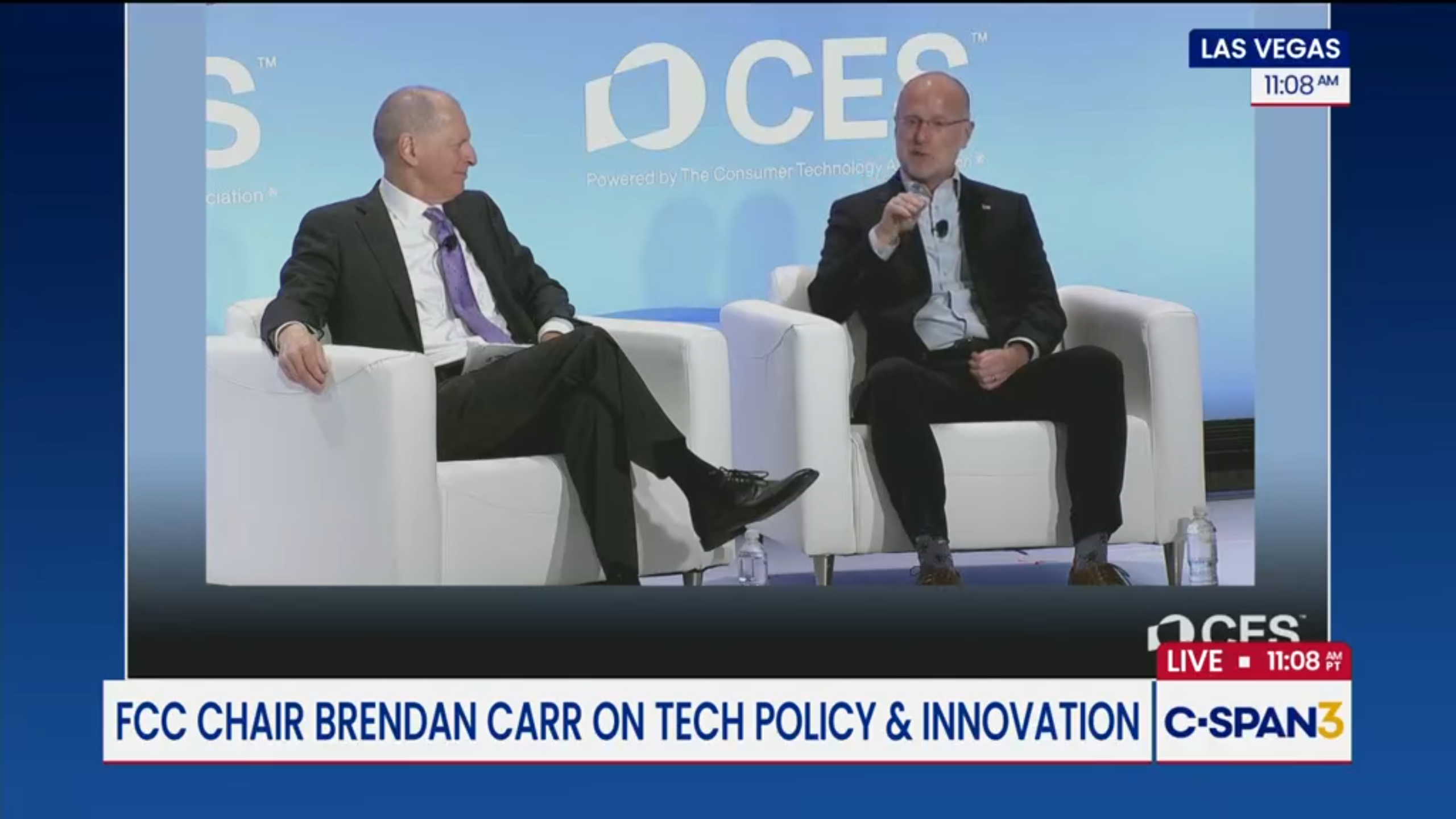Constructing Instructions
I get invited to go fishing quite a bit because, in addition to (or in spite of) my personality and fishing acumen, I read instruction manuals.
A friend will get a new boat or a new piece of electronic gear, and bingo, I'll get a "Hey, whaddaya doing this weekend?" call. I guess that after learning to use all sorts of new television equipment and computer software over the years, I'm used to reading instruction manuals, and kind of enjoy them.
So I get a fishing trip, and my friend gets his gadget configured and a lesson in plain English on how to use it.
There is certainly no shortage of instruction manuals on being a manager, with oldies-but-goodies like the "One-Minute Manager," as well as the management fad book-of-the-week showing up in the bookstores.
But these are more like books on how to navigate rather than how to work with your own specific GPS. Where is the instruction manual for your employee? (Notice I didn't call it a "user's manual." You don't "operate" employees, employees; you lead and work with them.)
It turns out there is an instruction manual for an employee. It's inside the employee himself. It's your job to access it.
One of my favorite questions for job applicants is: "Tell me about the best boss you ever worked for?"
Over the years, I've gotten a variety of answers to that. That shouldn't be surprising, because we all respond to different kinds of leadership and supervision. An answer that sticks in my mind came from an applicant who had worked for a friend of mine, in a different kind of business.
FEEDBACK MACHINE
"He is a feedback machine," the applicant said in describing my friend. "You never had to wonder how you were doing, because he let you know all the time about everything you did."
I didn't hire the fellow for other reasons, but if I had, I'd have known up front that he was probably going to perform best with me reviewing his work constantly and giving him a flood of feedback.
For every person whose answer told me they craved more feedback, I've had someone who said their best boss told them what needed to be done, showed them how to do it, then let them settle into their own routine and judge their own work.
Okay, so maybe that's a good job interview question, but how do you do that with existing employees, people who have already worked for you for several years?
The best time I've found is during a performance appraisal, where you're talking about a lot of supervisory kinds of things anyway.
And you don't have to beat around the bush. You can always say, "I was reading a magazine article by some nitwit who suggested I ask you this."
But I would be careful how I phrased the question. Leave yourself, as the latest in the list of supervisors, out of the running. Try, "Looking back to when you first started working, up until you began working for me, who was the best boss you ever had?"
WHO'S NO. 1?
My experience is that most people have never answered that question, which means they may have to think for awhile. Once they've identified who No. 1 is, ask what it was that the boss did that made him the best?
Some people can verbalize the answer precisely; others may give you an "Oh I don't know." You can respond, "There must have been something this person did that was particularly effective."
Once I began to get an answer, I'd keep restating their answer, and ask if that's correct until I was sure I understood what it was about that previous boss that made him the best.
Then, to make the discussion more than just something to satisfy my curiosity, I would ask, "Is there a way we can apply what worked so well with that person to my working with you?"
It's a high-wire act question, and you do set yourself up for a few answers like, "There's no way you could ever be her."
I've heard that myself before. But by and large, I've found this to be a pretty productive exercise. For it to be productive, though, means you have to do more than just have the discussion. You need to follow-up.
If the two of you end up agreeing that you would be a more effective supervisor by giving a little more instant feedback to the individual, then start doing that and monitor yourself on it.
If it feels a little phony and staged at first, remember that the employee asked for it and you agreed to do it. It'll start feeling more natural.
When you've had this discussion with a fair number of your employees, you'll have documentary proof of something you already know--everybody's different. In the end, you'll have a different instruction manual for each of them.
The professional video industry's #1 source for news, trends and product and tech information. Sign up below.
